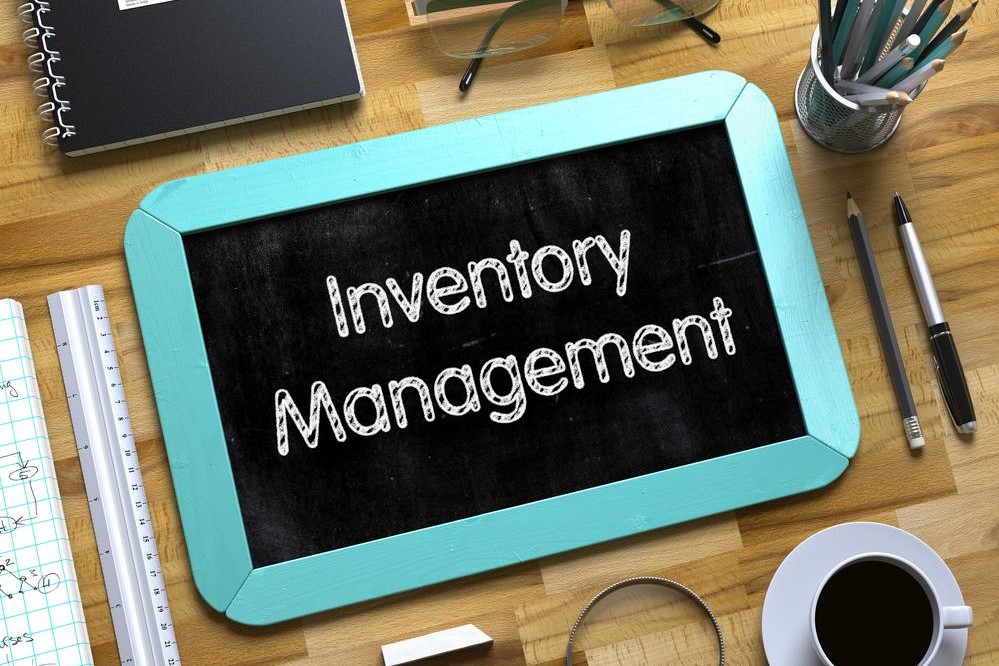Comprehensive Guide to Warehouse Management Software for Modern Retailers
This extensive guide explores the vital role of Warehouse Management Software in optimizing warehouse operations for retail and logistics companies. It covers key features like inventory tracking, storage optimization, and scalable solutions, helping businesses improve accuracy, reduce costs, and enhance customer satisfaction. Discover how WMS seamlessly integrates with existing systems and supports growth, compliance, and efficiency. Ideal for enterprises seeking to modernize their warehouse management and achieve operational excellence in the growing e-commerce landscape.

Comprehensive Guide to Warehouse Management Software for Modern Retailers
In today's rapidly evolving e-commerce landscape, the efficiency of warehouse operations plays a pivotal role in ensuring customer satisfaction and maintaining a competitive edge. Warehouse Management Software (WMS) has become an essential tool for retailers, distribution centers, and logistics companies seeking to automate and optimize their inventory and storage processes. This extensive guide aims to provide a detailed understanding of WMS, its core functionalities, and how it can transform your warehouse operations for maximum productivity and profitability.
Understanding Warehouse Management Software (WMS)
Warehouse Management Software is an integrated digital solution designed to streamline and automate the complex tasks involved in managing warehouse inventories and logistics. It replaces manual record-keeping and paper-based processes with real-time data tracking and intelligent automation, enabling businesses to better oversee stock levels, reduce errors, and improve overall operational efficiency.
Implementing a robust WMS helps organizations monitor inventory status, manage product locations, and oversee order fulfillment processes with remarkable accuracy. As online shopping continues to grow exponentially, the demand for efficient warehouse solutions becomes more pressing. An effective WMS integrates seamlessly with other business systems such as Enterprise Resource Planning (ERP) and Transportation Management Systems (TMS), creating a unified operational environment that enhances data sharing and decision-making.
The Critical Functions of Warehouse Management Software
At its core, WMS automates a variety of warehouse functions, including inventory monitoring, order processing, receiving, storage, picking, packing, and shipping. By digitizing these processes, businesses can reduce manual labor, increase accuracy, and speed up delivery times. Accurate real-time data provided by WMS enables managers to gain comprehensive insights into their operations, leading to better strategic planning and resource allocation.
Real-Time Inventory Visibility and Management
One of the most significant advantages of WMS is its ability to provide real-time insight into inventory levels. When an online order is placed, the system instantly updates stock status, identifies product locations within the warehouse, and suggests optimal picking routes. This real-time tracking ensures that orders are fulfilled accurately and promptly, reducing delays and enhancing customer satisfaction. Moreover, WMS assists in managing purchase records, transportation schedules, and storage spaces efficiently, ensuring the flow of goods remains uninterrupted.
In addition to tracking current stock, WMS systems offer predictive insights such as low-stock alerts, expiry date notifications, and return processing. These alerts help prevent stockouts and minimize wastage. The software also simplifies inbound logistics, such as unloading freight and conducting inventory checks, thereby streamlining the reception process.
Automation within WMS extends to managing product movement from receipt to dispatch. It automates the recording of stock movements, facilitates accurate labeling, and improves inbound and outbound logistics coordination. This level of automation reduces human error and ensures consistent data accuracy, which is critical for maintaining reliable stock records and fulfilling customer orders efficiently.
Key Features to Enhance Warehouse Operations
When fully leveraged, WMS offers a multitude of benefits that go beyond simple inventory management. These features optimize warehouse space, minimize operational costs, and ensure high levels of order accuracy. Here are some of the most pivotal features to look for in a warehouse management software:
Storage Optimization: The primary goal of WMS is to maximize storage capacity. It does this by analyzing product dimensions, turnover rates, and storage requirements to recommend optimal placement strategies. Techniques such as vertical stacking, dynamic slotting, and zone-based storage ensure minimal space wastage and quick retrieval, thereby increasing overall warehouse capacity without expanding physical infrastructure.
Cost Reduction: By automating routine tasks, reducing manual handling, and improving space utilization, WMS significantly cuts down operational expenses. It also decreases inventory wastage and reduces labor costs associated with manual stock counting and order picking.
Order Accuracy and Speed: Accurate, real-time data updates mean less confusion and fewer errors during order fulfillment. This results in faster processing times, improved accuracy, and increased customer satisfaction. The system's ability to minimize mistakes such as shipping wrong items or missing stock decreases return rates and boosts trust in your brand.
Scalability and Growth Enablement: As your business expands, so should your warehouse management capabilities. Modern WMS solutions are scalable, accommodating larger inventories, increased order volumes, and multiple warehouse locations seamlessly. These systems evolve with your business, requiring minimal manual adjustments.
Regulatory Compliance and Reporting: Many industries require strict compliance with safety standards, traceability, and reporting. WMS simplifies adherence by providing detailed records of stock movements, expiry dates, and order histories. Automated report generation makes audits more straightforward and reduces the risk of regulatory penalties.
Choosing the Ideal Warehouse Management Software for Your Business
Selecting the right WMS depends heavily on your operational needs, business size, and future growth plans. Smaller enterprises may benefit from user-friendly, cost-effective solutions with essential features, while larger organizations might require robust, customizable platforms that integrate with existing ERP and TMS systems. A strategic approach involves evaluating the following:
Operational Complexity: Understand your current warehouse processes, volume, and SKU diversity to choose a system that matches your complexity.
Integration Capabilities: Ensure the WMS can seamlessly connect with your existing business systems for a unified data environment.
Budget and Cost: Balance features with affordability, and consider future scaling costs.
Ease of Use and Training: Opt for systems with intuitive interfaces to minimize onboarding time.
Support and Maintenance: Look for vendors offering reliable customer support and regular updates to adapt to changing needs.
Investing in a comprehensive warehouse management solution is a strategic move for modern retail and logistics businesses aiming to enhance efficiency, reduce costs, and improve customer satisfaction. Whether you operate multiple warehouses or are seeking to streamline a single facility, a suitable WMS can significantly optimize your operations and set the stage for sustainable growth.




